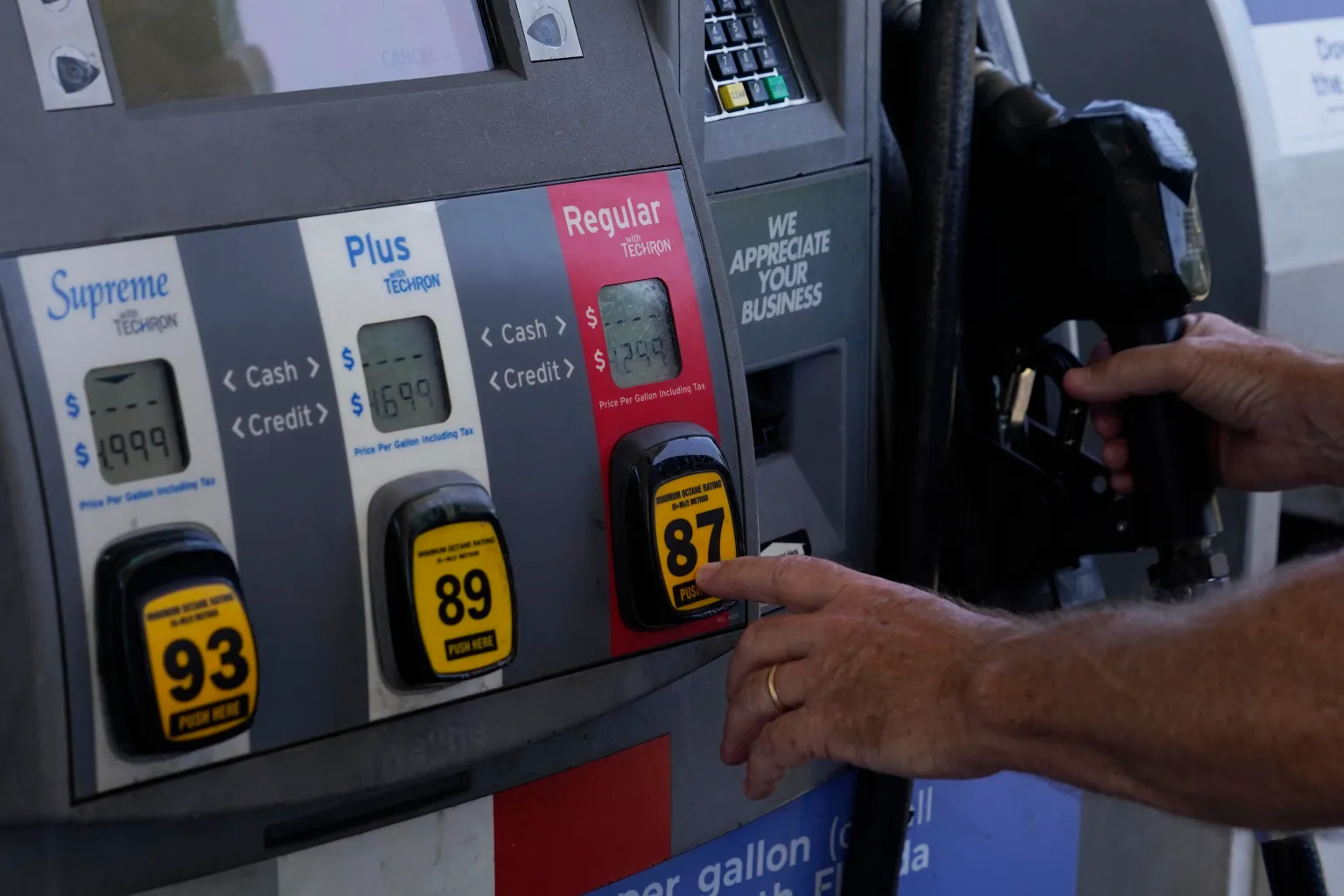
The Truth About Today’s Inflation
The conventional wisdom about inflation needs a course correction. Here’s why:
The Bureau of Labor Statistics reports that the wages and total compensation of Americans working full-time at least kept pace with inflation from January through March. Based on what people tell government surveyors, median weekly earnings after inflation stabilized in the first quarter of 2022 after falling steadily through 2021.
The data also show that today’s inflation is strikingly selective. While consumer prices rose 8.2 percent from April 2021 to April 2022, prices for energy commodities (mainly oil, natural gas, and coal) jumped 45 percent, fuel oil prices soared 81 percent, and gasoline prices increased 44 percent. Unsurprisingly, inflation is much higher for goods that need lots of energy to produce and transport, so prices have jumped 17.3 percent for cars and trucks, 9.4 percent for food, and 12.1 percent for large appliances. But services need much less energy, and over the past year, prices increased only 1.2 percent for doctors’ services, 1.7 percent for prescription drugs, and 2.1 percent for college tuition.
In this respect, the current inflation recalls the 1970 Monthly energy prices plummeted through 2020, recovered to pre-pandemic levels in early 2021, and then continued rising. The Biden administration calls those increases “Putin’s tax,” and more than half of the energy inflation of the past year happened since January as Russia prepared and carried out its war on Ukraine. However, the rising oil prices also depend on Saudi Arabia keeping global oil supplies tight, again like in the 1970s. It would be more accurate to call the energy inflation an “authoritarians’ tax.”
What about the view, prevalent in some economic circles, that Milton Freidman finally got it right and the current inflation is a case of too much money chasing too few goods? Former Treasury Secretary Larry Summers is a notable supporter of this explanation, placing much of the blame for “too much money” in the Biden pandemic relief program, passed in early 2021.
That case is doubtful at best. After the pandemic lockdowns, demand began to recover in June 2020, with support from the first tranche of pandemic relief in April 2020. That stimulus may have contributed modestly to an uptick in inflation in early 2021, but that was a small cost to prevent a protracted deep recession. Inflation indeed began to take off in March 2021—along with energy prices—but given the long lags between fiscal policy changes and changes in prices, Biden’s American Rescue Plan, passed in March 2021, could not have been responsible for that. That program, along with the bipartisan infrastructure bill and deft vaccine distribution, did fuel the extraordinary job gains of the last 15 months. In that way, the Biden relief may have helped sustain the early 2022 uptick in inflation that, again, was driven much more by energy prices.
The current inflation is not only about energy. Many economists emphasize the strong demand from the 2021 boom colliding with global supply chain problems in China and at American ports. The pandemic shook up the economy and those effects have contributed to inflation.
For example, we know that the pandemic exacerbated economic uncertainty for many people and businesses. To prepare for the unknown, Americans dramatically hiked their savings from March 2020 to April 2021, and those savings helped fuel strong consumer demand in the second half of 2021.
Equally important, companies responded to the economic uncertainty by cutting back on inventories in 2021, a departure from the norm because businesses usually expand their inventories in good times. From 2017 to 2019, the real inventories of U.S. manufacturers increased an average of 2.8 percent per year, including increases of 4.1 percent for auto and truck makers and 4.0 percent for food product manufacturers. It was the same story for retailers as their real inventories increased from 2017 to 2019 at average rates of 2.7 percent per year.
The pandemic changed all of that. While the economy boomed in 2021, the real inventories of U.S. manufacturers contracted by 4.0 percent, and real inventories of retailers shrank 2.9 percent—creating broader supply issues than Chinese production snares and clogged U.S. ports. Happily, the real inventories of wholesalers grew in 2021, which should relieve supply pressures on retailers this year.
The bad news is that energy markets expect Russia and the Saudis to keep oil prices high well into 2023. Those oil prices will keep inflation relatively high in the energy-dependent goods that everyone uses every day, here and in much of the world—including European countries that provided much less pandemic-related relief. And fortunately, the recent jump in oil prices is likely a one-time event that may dog us for another year or so. It certainly doesn’t compare to 1973-74, when OPEC tripled oil prices over seven months, kept those prices elevated for many years, and so sustained a decade of high inflation across most of the world.
This essay was originally published by Washington Monthly
